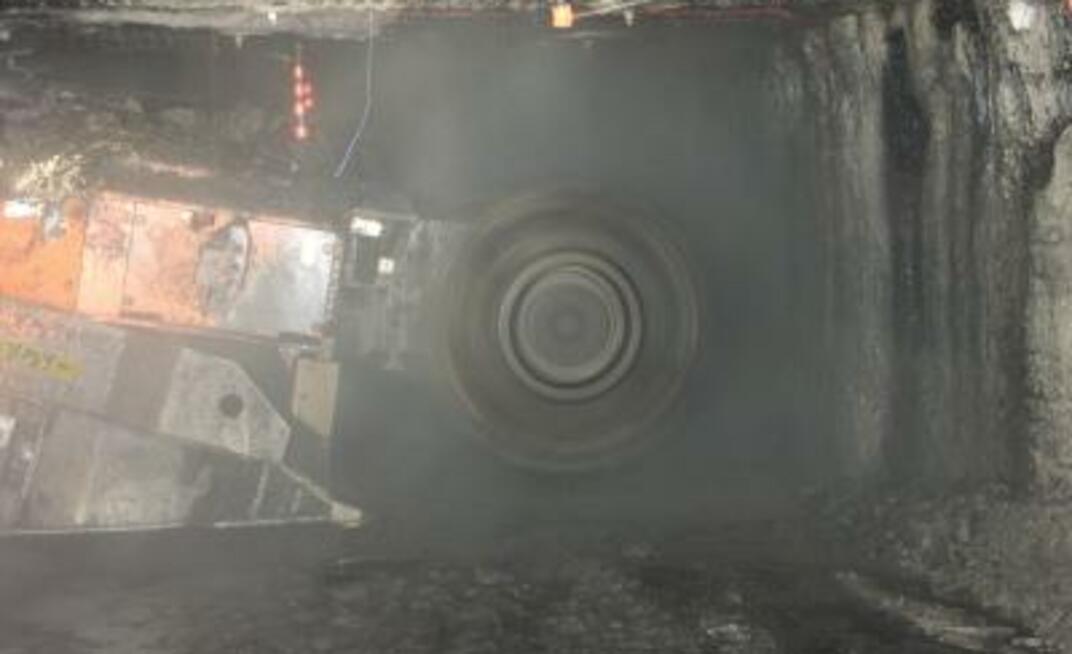Published in September 2006 Australian Longwall Magazine
Group leader for high seam continuous miner development Bob Schon said the Joy WetHead cutting head significantly improved respirable dust levels, ignition suppression and lowered operating costs through reduced bit consumption.
Under a $US250,000 Illinois Clean Coal Institute grant, Joy, the National Institute for Occupational Safety and Health (NIOSH), the Mine Safety and Health Administration (MSHA) and Southern Illinois University conducted independent studies which found the new continuous miner registered reductions in respirable dust at the operator’s position of up to 45%, 42% at the shuttle car operator and up to 39% in the return airway.
Schon said cutting bit consumption by half was also significant At up to $US10 per bit, the reduction could amount to annual savings for the mine in the many tens of thousands of dollars a year per machine.
“Typically, bit change-outs with the WetHead cutting head were reduced by 50% on average, and as high a 70% at a test site in South Africa,” Schon said.
He said face ignition suppression on the WetHead was another feature unique to the new machine.
“Beginning with the prototype first tested underground in 1995, in 10 years of underground testing and operation there has not been a single ignition involving the WetHead cutting head,” he said.
During the test program for the machine, Joy made several significant changes in the WetHead cutting head: going from spherical bearings to tapered bearings; from open center drums to solid centers; from a keyed shaft to a splined shaft, and from using two single face water seals to using one back-to-back dual carbon-face water seal.
The water seal is the heart of the design and can run dry for extended periods of time, can last from rebuild to rebuild before refurbishment, and can even be replaced underground.
The Wethead incorporates a fine spray behind each cutting bit on the cutter drums, with the water spray acting as both a cooling and a wetting agent in order to control both problems at the same time.
The sprays also provide lubrication which promotes continuous spinning of the bits, thus avoiding wear spots on bits that otherwise could become stationary, an all too-common problem.
With water consumption always a concern underground, a WetHead miner requires only 40 to 45gpm of total machine water flow with roughly 25gpm dedicated to the WetHead drum sprays and the total machine flow is no more than the typical water consumption on a conventional continuous miner, Schon said.
The miner comes in a variety of cutting widths and can be ordered as original equipment on a new continuous miner or retrofitted to an existing machine either underground or at the time of rebuild.
“While new continuous miner orders are being scheduled for 2007 delivery, the WetHead option only has about a six-month backlog on parts,” Schon said.
“And, though a premium purchase over the standard cutting head, the WetHead adds only about 10 to 15% to the overall cost of a new machine or a rebuild.”
























